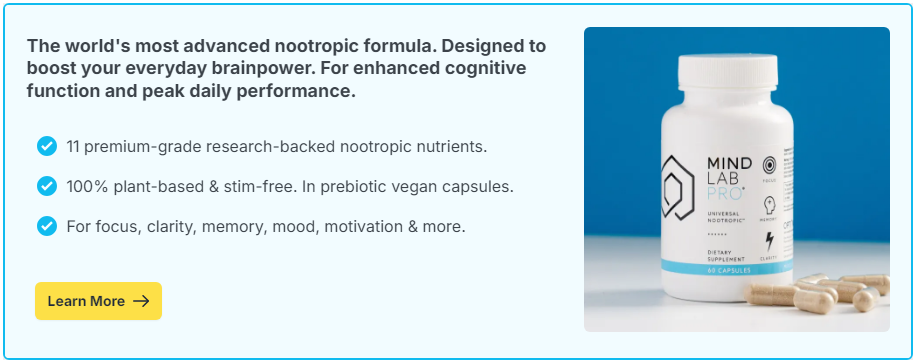
Yes, writing with colored pens can improve recall by making information more distinctive and easier to encode into memory, though the effect depends on how colors are used strategically rather than randomly.
Contents
Why Color Matters for Memory
Color is more than a visual detail – it’s a cognitive signal. The human brain is highly sensitive to color differences, which means we can use color as a tool to sort, highlight, and prioritize information. When you write notes in multiple colors, your brain automatically distinguishes between the categories and assigns extra significance to those cues. This “pop-out” effect increases the likelihood that your brain encodes the information for later retrieval.
The Distinctiveness Effect
One of the strongest psychological explanations for the value of colored pens is the distinctiveness effect. Simply put, people tend to remember unusual or distinctive information more easily than material that blends together. A black-and-white block of notes may feel monotonous, but a page where key concepts are written in bold red and supporting details in blue creates natural anchors for memory. The brain recalls the “different” piece because it stood out in the learning phase.
Attention and Encoding
Memory depends heavily on where attention is directed. Using colored pens can guide attention, forcing the note-taker to slow down and make choices about what information belongs to which category. This active decision-making strengthens encoding, which is the first step in memory formation. Without strong encoding, retrieval becomes difficult later on. In essence, the colors act as mental signposts that guide both initial learning and later recall.
What Research Says About Color and Learning
Research on color and memory supports the idea that color improves recall, though not always in a straightforward way. For example:
- Keyword recall: Studies show that students who underline or write keywords in color tend to recall those terms better than peers who used a single color.
- Color-emotion connection: Warm colors such as red and orange often increase alertness and attention, while cooler colors like green and blue support calm processing and deeper comprehension.
- Contrast matters: Notes written in a color that strongly contrasts with the page background are generally recalled better, because the brain processes the contrast as a salient cue.
Practical Strategies for Using Colored Pens
To get the most out of colored note-taking, the key is deliberate use. Some strategies include:
- Design a system: Assign one color to key terms, another to examples, and another to supporting evidence. Consistency helps train your brain to expect meaning in the color patterns.
- Limit the palette: While having ten pens may look exciting, too many colors can overload the brain and reduce clarity. Two or three carefully chosen colors usually strike the right balance.
- Match color with purpose: Use high-energy colors (red, orange) for critical points and cooler tones (blue, green) for explanatory material.
- Pair with review: Color coding works best when combined with spaced repetition, flashcards, or self-testing. Color provides cues, but retrieval practice cements memory.
Different Learners, Different Benefits
Not everyone benefits equally from colored pens. Visual learners often gain more because color cues align with their natural preference for imagery. Auditory learners may see less benefit, as they rely more on sound-based repetition. Kinesthetic learners, who learn best by doing, may find that the act of switching pens and assigning colors gives them the active engagement they need. In other words, color coding is not a universal solution, but rather one tool that interacts with personal learning style.
Possible Downsides and Limitations
Despite the benefits, using colored pens is not without drawbacks:
- Distraction risk: Some students focus more on choosing pen colors than on the material itself, which defeats the purpose.
- Exam mismatch: Most exams require black or blue ink only. Students must be able to recall their color-coded notes without the visual cues present.
- Overuse: When every word is written in a different color, the distinctiveness effect is lost and notes become visually overwhelming.
Beyond Pens: Other Color Applications
Colored pens are just one way to use color as a memory tool. Students can also apply similar strategies with digital note-taking software, highlighters, or visual diagrams. Digital tools even allow the integration of color coding with hyperlinks and multimedia. For those who prefer paper, sticky notes in different colors can provide similar memory cues. The principle is the same: use color to differentiate, categorize, and guide focus.
Writing with colored pens does improve recall when used thoughtfully. The value comes not from the pens themselves but from the deliberate system you create with them. By making information distinctive, guiding attention, and structuring categories, color improves the encoding and retrieval of information. That said, colored pens are only one piece of the learning puzzle. Strategies like retrieval practice, active summarization, and spaced repetition remain more powerful overall. But for students looking to make their notes more engaging and memorable, adding a touch of color is a simple and effective tool.

